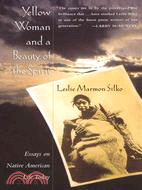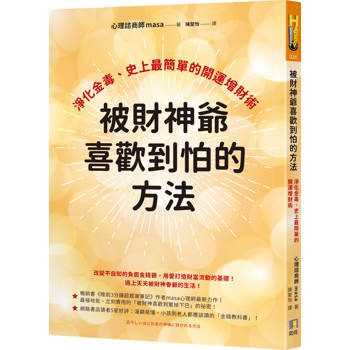| FindBook |
有 1 項符合
Yellow Woman and a Beauty of the Spirit: Essays on Native American Life Today的圖書 |
 |
Yellow Woman and a Beauty of the Spirit: Essays on Native American Life Today 作者:Silko,Leslie Marmon 出版社:Simon & Schuster 出版日期:1997-03-18 語言:英文 規格:13.3 x 22.2 x 1.9 cm / 普通級/ 單色印刷 |
| 圖書館借閱 |
| 國家圖書館 | 全國圖書書目資訊網 | 國立公共資訊圖書館 | 電子書服務平台 | MetaCat 跨館整合查詢 |
| 臺北市立圖書館 | 新北市立圖書館 | 基隆市公共圖書館 | 桃園市立圖書館 | 新竹縣公共圖書館 |
| 苗栗縣立圖書館 | 臺中市立圖書館 | 彰化縣公共圖書館 | 南投縣文化局 | 雲林縣公共圖書館 |
| 嘉義縣圖書館 | 臺南市立圖書館 | 高雄市立圖書館 | 屏東縣公共圖書館 | 宜蘭縣公共圖書館 |
| 花蓮縣文化局 | 臺東縣文化處 |
|
|
- 圖書簡介
Bold and impassioned, sharp and defiant, Leslie Marmon Silko's essays evoke the spirit and voice of Native Americans. Whether she is exploring the vital importance literature and language play in Native American heritage, illuminating the inseparability of the land and the Native American people, enlivening the ways and wisdom of the old-time people, or exploding in outrage over the government's long-standing, racist treatment of Native Americans, Silko does so with eloquence and power, born from her profound devotion to all that is Native American.
Yellow Woman and a Beauty of the Spirit is written with the fire of necessity. Silko's call to be heard is unmistakable; there are stories to remember, injustices to redress, ways of life to preserve. It is a work of major importance, filled with indispensable truths--a work by an author with an original voice and a unique access to both worlds.
- 作者簡介
Leslie Marmon Silko:
One of the reasons I felt I must write the essays in this book was to remedy this country's shocking ignorance of its own history.
U.S. history courses in elementary and secondary schools usually begin with the arrival of the Englishspeaking Pilgrims at Plymouth Rock or, if the teacher is quite daring, with the failed colony at Roanoke, Virginia- Yet the true history of the United States begins thousands of years earlier with the stories of the paleo-Indian mammoth hunters on the plains of what is now northeastern and north-central New Mexico. These ancestors of the Pueblo Indian people did more than survive, they learned to thrive under the harsh conditions of the southwest desert.
In 1540, when the Spaniards marched into what is now Arizona and New Mexico, they found large, prosperous villages which reminded them of towns in Spain; and so they called the people "indios pueblos"-"pueblo" is the Spanish word for "town." The "indios pueblos" did not take the invasion of their land lying down- they resisted bitterly, and in 1680, they expelled the Spaniards to El Paso for twelve years.
In 1689, to make peace with the Pueblos, the King of Spain recognized each of the Pueblos as sovereign nations under international law Thus, the Pueblos of New Mexico (and Hopi of Arizona) were acknowledged as nations by international law, almost one hundred years before the United States even existed.
If our U.S. educational system actually gave students a complete history of this country, a great deal of prejudice aimed at Native Americans, African-Americans, Asian-Americans, and Spanish-speaking U.S. citizens might be ended as our school children began to understand who really settled this country, and who really did the work of planting crops, mining ore, and building cities and railroads.
Until the whole story of the origins of the United States of America is known, there can be no justice, and without justice, there can be no peace.
Reading Group Discussion Points
Other Books With Reading Group Guides
|










